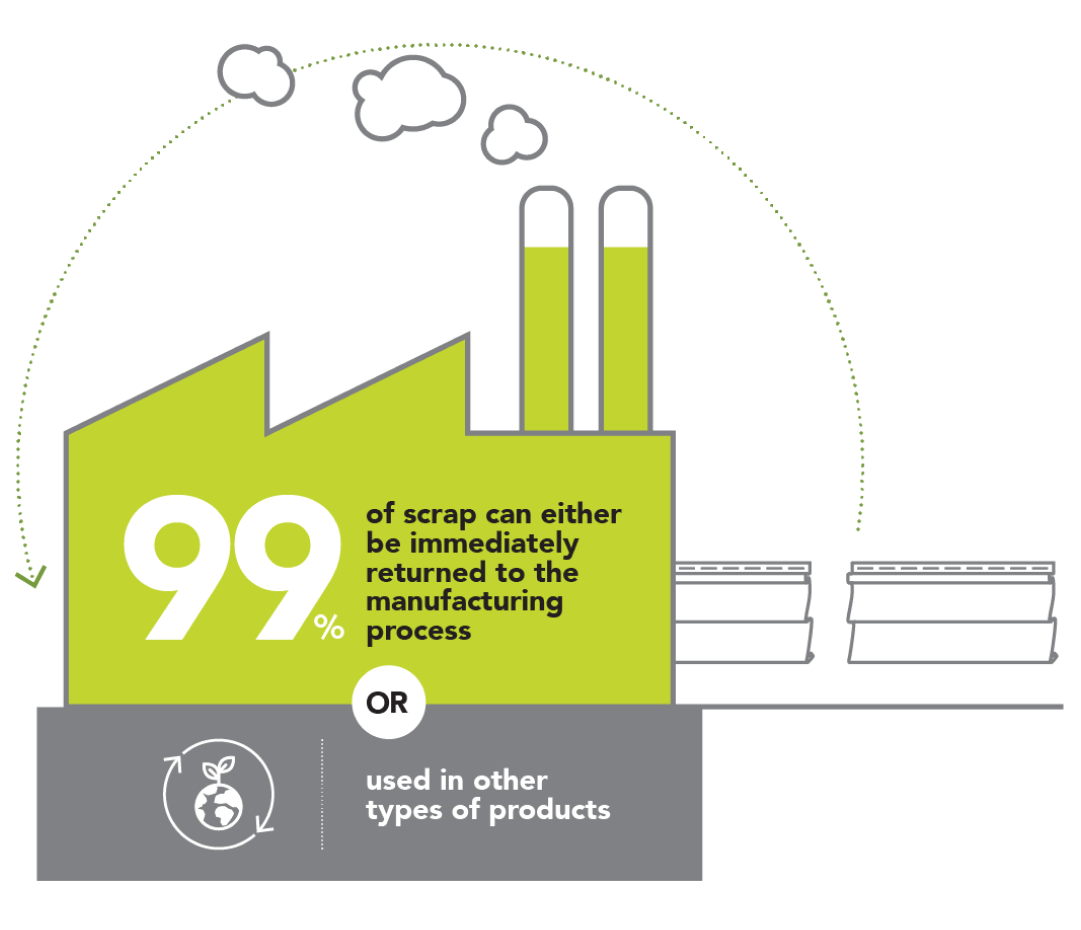How much vinyl is recycled now?
More than 1 billion pounds of vinyl are recycled in the U.S. and Canada annually.
There are three ways vinyl can be recycled: post-consumer, post-industrial and closed-loop.
Post-industrial and closed-loop recycling accounts for approximately 85% of recycled vinyl. Post-industrial and closed-loop means that the product is reused during the manufacturing process, before it ever reaches the consumer. Scrap materials, trimmings, shavings and rejected vinyl are reground in a separate facility or in-house.
The other 15% of recycled vinyl comes from post-consumer recycling. Post-consumer recycling refers to vinyl materials that come from end-users of a product, like vinyl siding scrap generated by contractors, builders and remodelers, and old vinyl siding torn off homes or apartments. Post-consumer recycling of vinyl products has increased significantly—a 40% jump since 2014. In fact, more vinyl product producers are incorporating greater amounts of post-consumer reclaimed vinyl as technology has advanced to maintain product quality.
An estimated 146 million pounds of post-consumer vinyl products were recycled in 2016. Our goal is to encourage and facilitate 160 million pounds of post-consumer vinyl products recycled in 2025.
The Long Life of Rigid Vinyl
Although recycling is an important component of sustainability, vinyl siding has a long life and is not necessarily a part of the waste stream for a long time. Many warranties are 40 years or more—or even the life of the structure—and according to the National Institute of Standards and Technology’s life cycle assessment tool, vinyl siding, polypropylene siding and insulated vinyl siding have a useful life of at least 50 years.
Post-consumer recycling of vinyl products has increased significantly—going up 40% since 2014.
